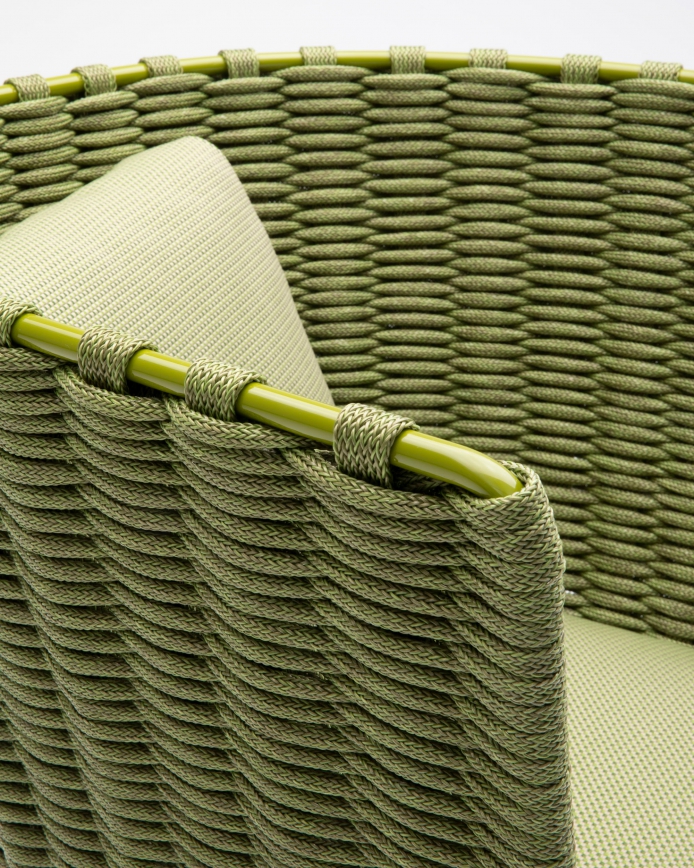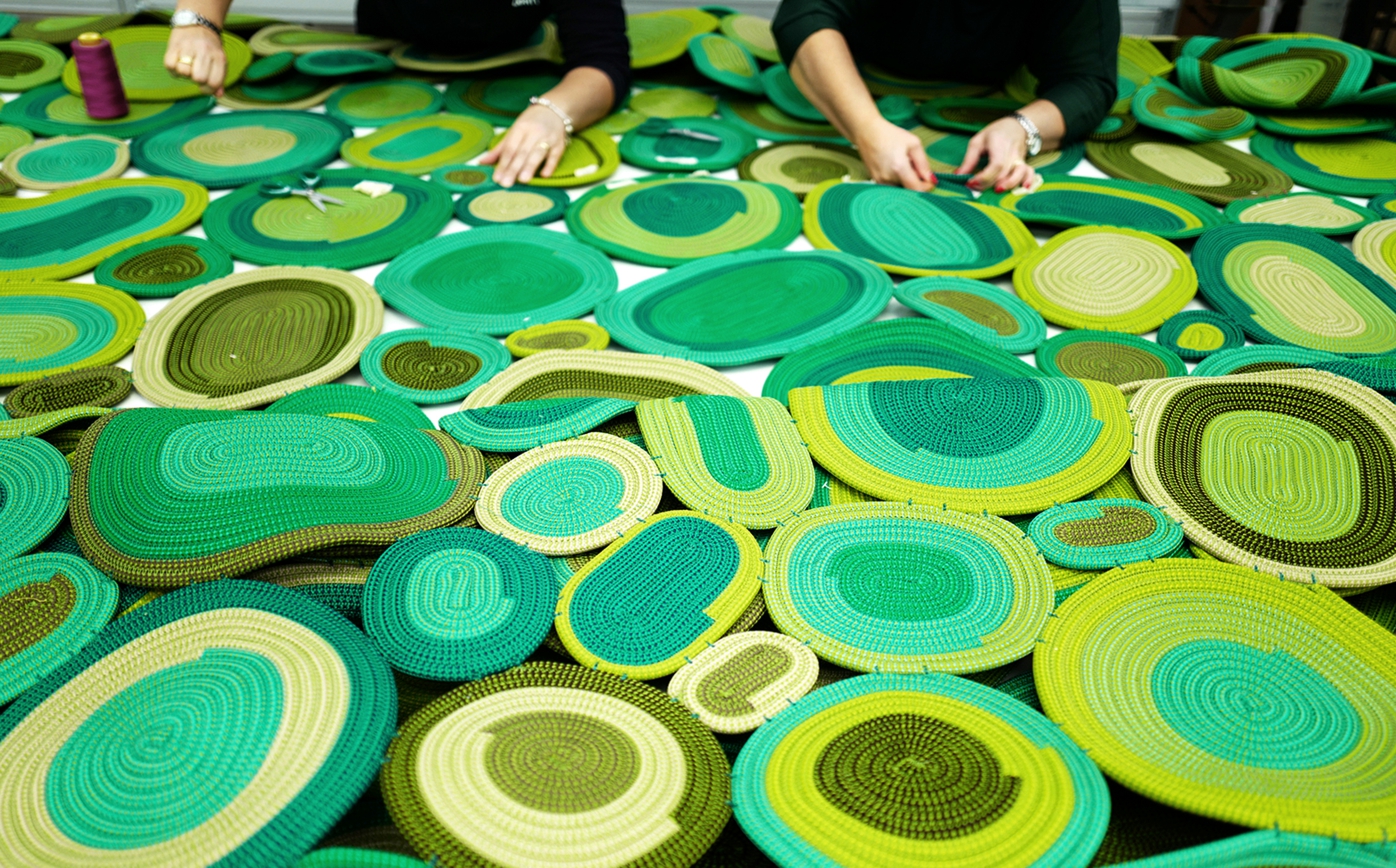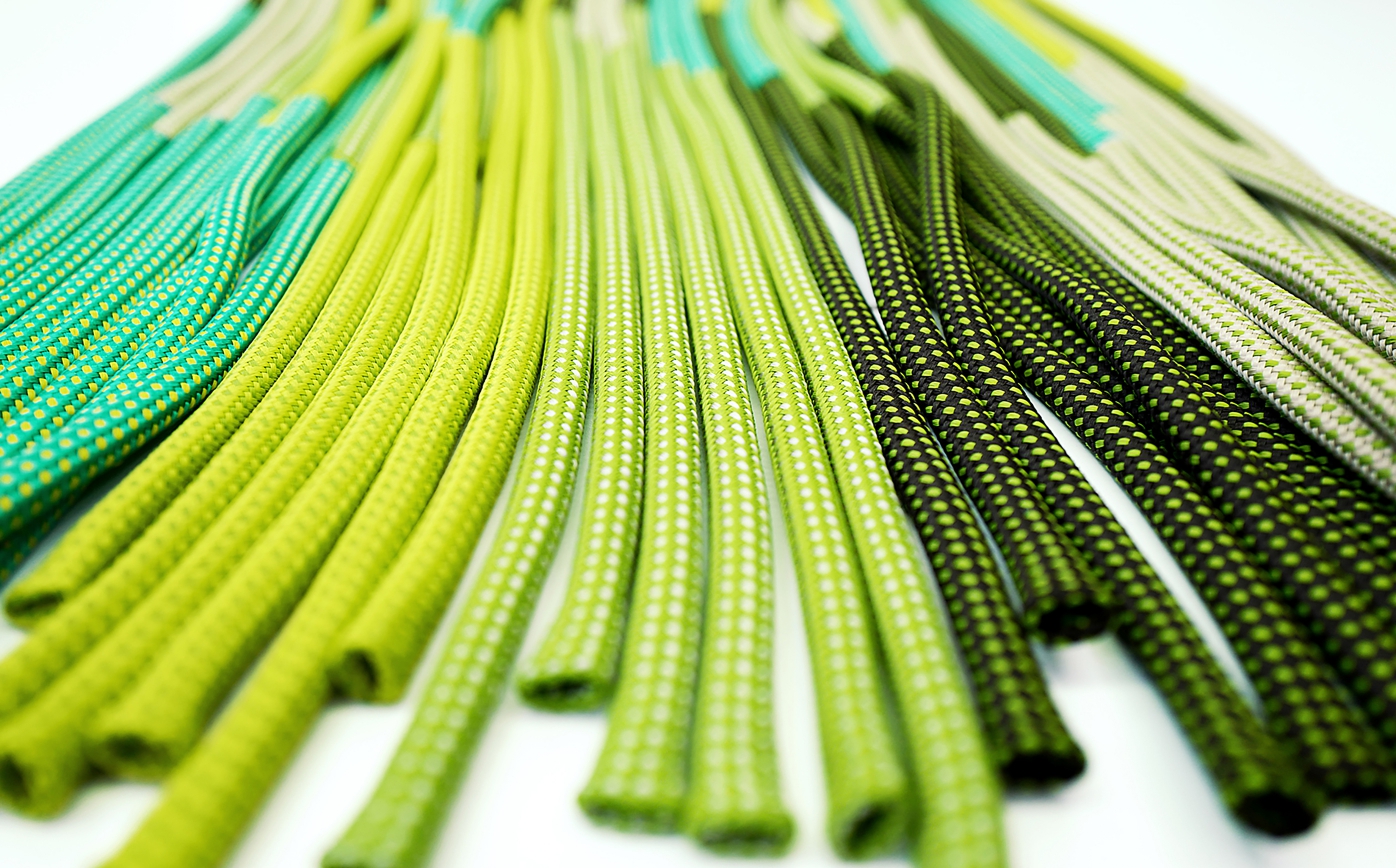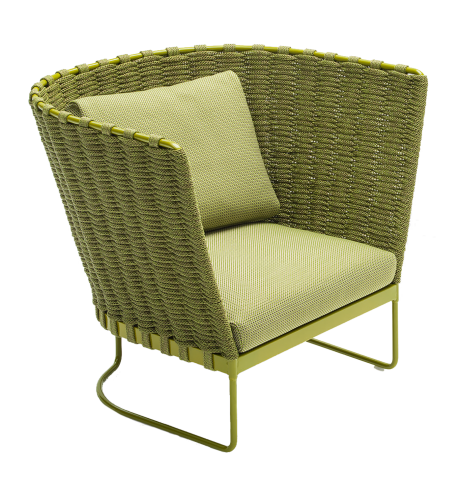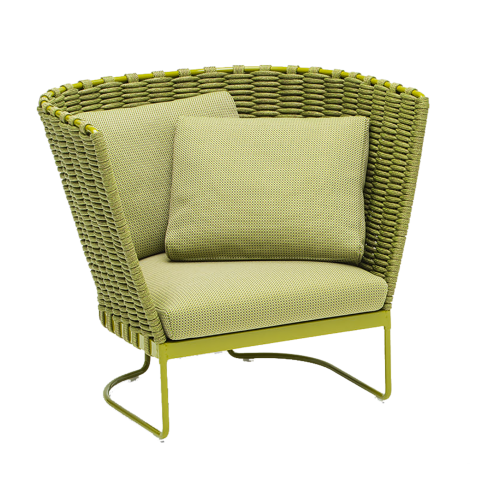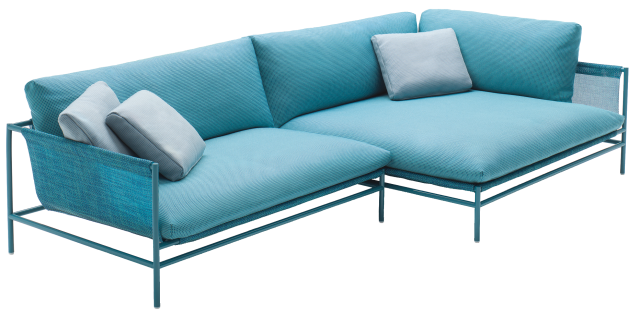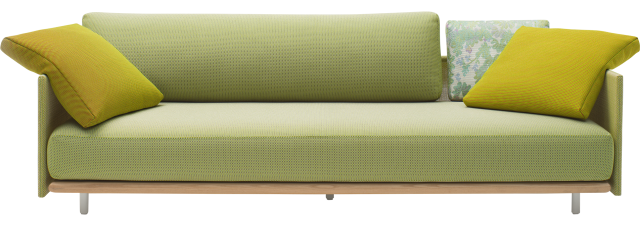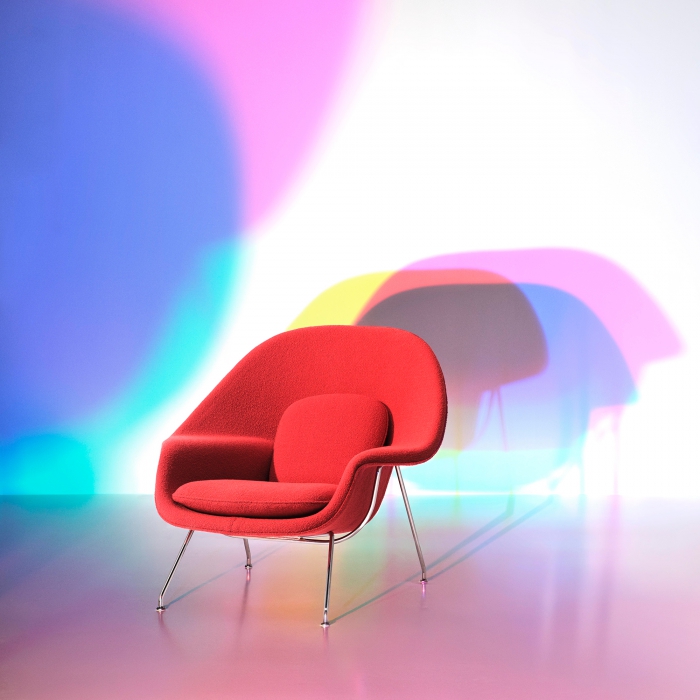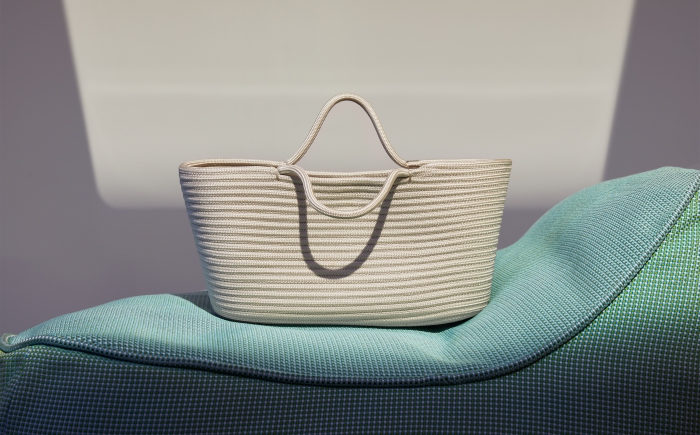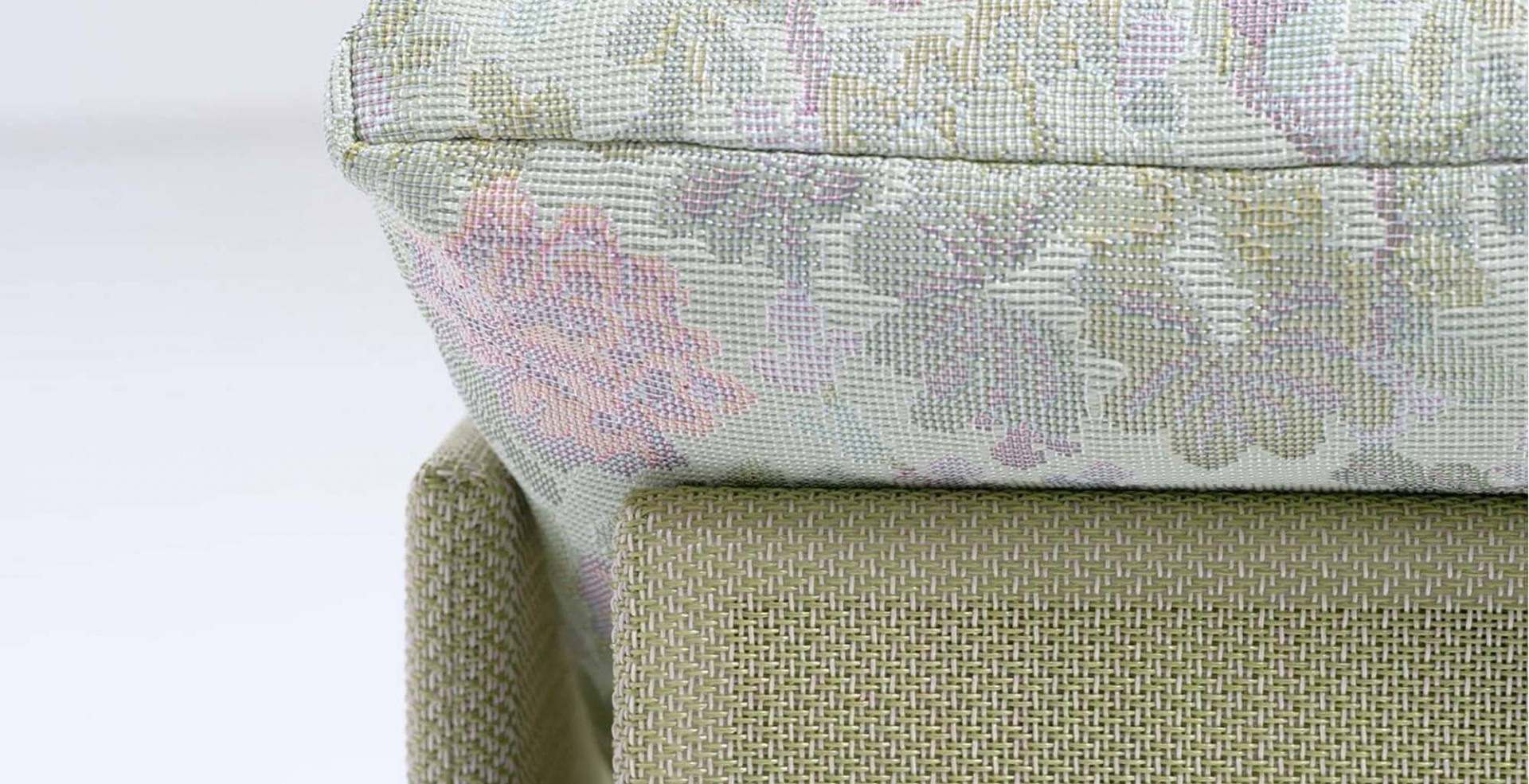
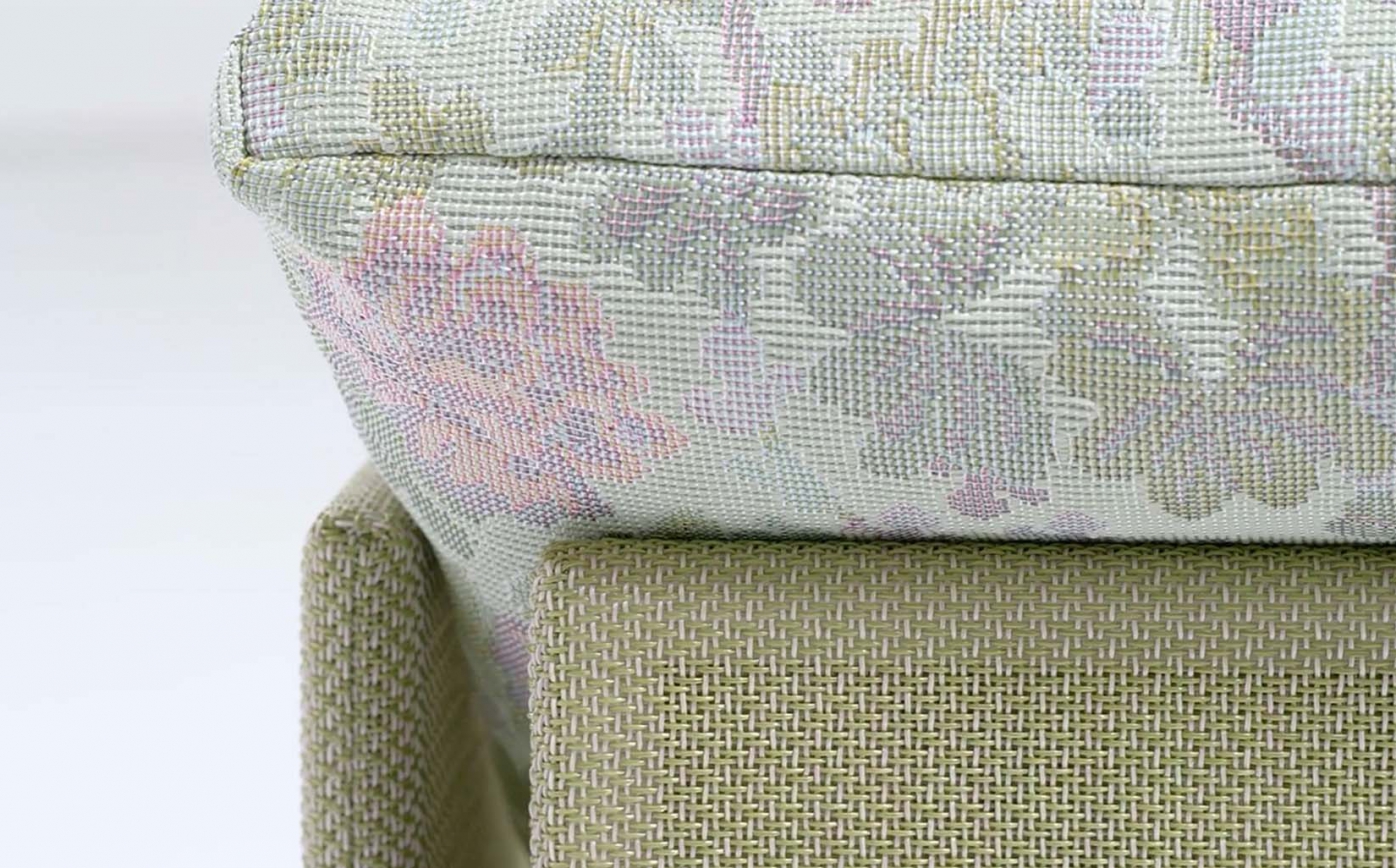
The Fine Craft of Paola Lenti

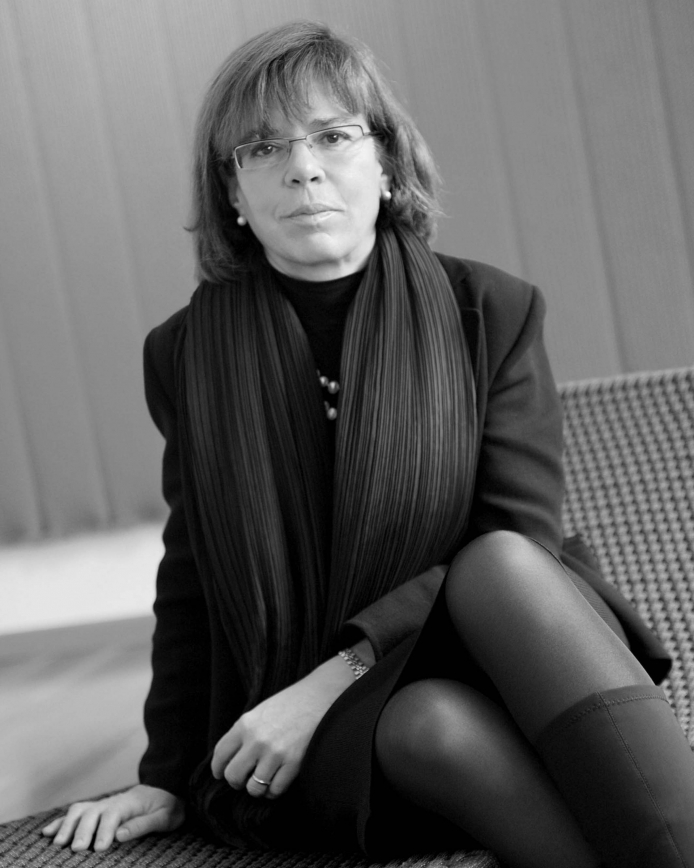
“Craftsmanship is an inexhaustible source of inspiration. Especially in Italy, these processes are a fundamental resource that, we believe, still has a lot to say even through the contemporary language of high-tech materials. Rediscovering the manual aspects of our tradition and being able to blend them with modern production technologies can only be good for the product.” We were humbled to be able to speak with Anna Lenti from Paola Lenti, and hear her clear insight into craft and technology in their region, and throughout Italy, and what that has meant for their refined furniture and accessories.
After studying under design and art luminaries like Bruno Munari, Heinz Waibl, and Augusto Garau, Paola Lenti transitioned from graphic design into furniture, starting her eponymous company 27 years ago. Crediting her teachers for her love of colour and its possibilities, Lenti’s true fascination was textiles: felt, rope and twine, and an instinct that these could be utilised outdoors in a way that was missing from the existing market. In 2000 nuclear engineer Anna left her job to help transform the “small craft business into a real industrial business, committing myself to face the normal difficulties that growth implies.”

